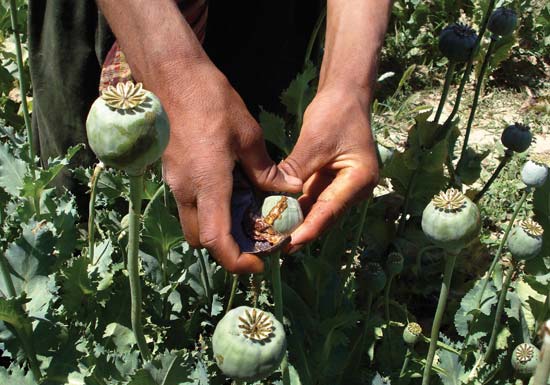Dushanbe. November 22. “Asia-Plus” – Despite significant eradication efforts, high opium prices led to an increase in poppy cultivation in Afghanistan this year, a joint report released today by the Government and the United Nations Office on Drugs and Crime (
UNODC
) has found.
Cultivation was 18 per cent higher this year than it was last year, covering 154,000 hectares, according to the
2012 Afghanistan Opium Survey
. However, since plant diseases and bad weather had damaged crops, potential opium production fell 36 per cent over the same period from 5,800 to 3,700 tons.
The increase in cultivation occurred in spite of a major push by the Government to promote eradication efforts, UNODC noted in a
news release
. The number of poppy-free provinces remains unchanged at 17, but Ghor province in the west lost that status in 2012 while Faryab province in the north regained it.
“High opium prices were a main factor that led to the increase in opium cultivation,” said UNODC’s Executive Director, Yury Fedotov.
The agency noted that, in 2012, farm-gate prices for opium remained at a relatively high level at $196 per kilogramme, which continues to provide a strong incentive for farmers to start or resume poppy cultivation in the coming season.
The
Survey
highlights a link between insecurity and opium cultivation, noting that this year saw 95 per cent of cultivation concentrated in the southern and western provinces where insecurity and organized crime are present.
Mr. Fedotov called for a sustained effort by the Afghan Government and international stakeholders to address illicit cultivation with “a balanced approach of development and law enforcement measures.”




